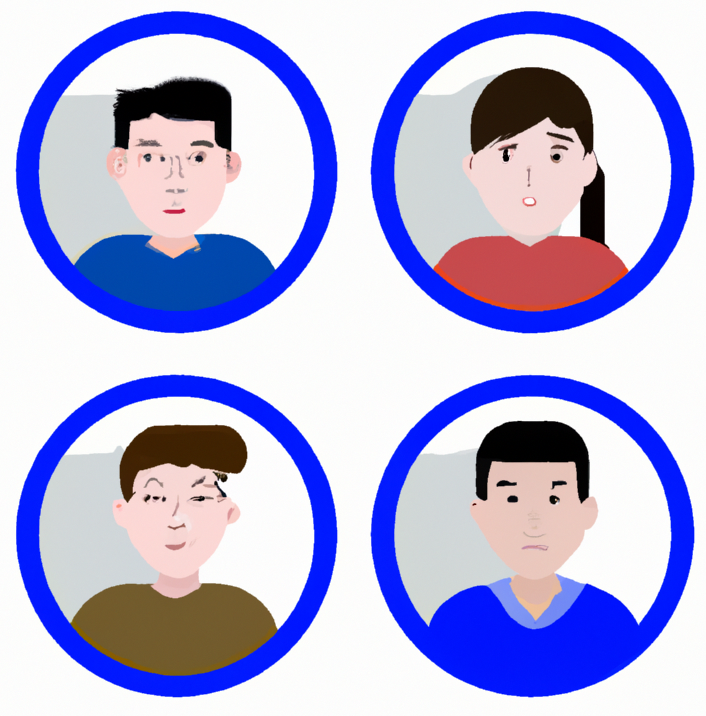It looks like this week we’re getting a big upgrade in the form of GPT-4 for Microsoft’s ChatGPT – an AI chatbot that provides human-like responses to your queries. This upgrade brings multimodal support, allowing ChatGPT to process text, audio, video, and images as input. Although ChatGPT has only been around for three months, the possibilities that this new feature presents are huge and could revolutionize the tech industry.
Currently, ChatGPT only supports text input or one mode of interaction. But with GPT-4, the AI will now be able to understand multiple types of input. This means that ChatGPT can process audio, video, and images as input, in addition to text. This is what makes it multimodal, a feature that could significantly increase the AI’s capabilities.
The potential applications of a multimodal ChatGPT are vast. For example, one Microsoft customer in the Netherlands receives 30,000 calls a day that need to be summarized. Setting up ChatGPT for such a task would only take a couple of hours, and the AI could automatically translate the calls into text and images. This could save the customer 500 work hours a day and help them streamline their customer service.
But what about music? The possibilities that ChatGPT’s GPT-4 upgrade brings to the music industry are equally exciting. ChatGPT could be used to generate music from text input and even from audio input. The AI could also be used to provide recommendations for music, based on user preferences. This could lead to a more personalized music experience, with ChatGPT helping people discover new music they might not have found otherwise.
Microsoft has been tight-lipped about the specifics of GPT-4’s upgrades for ChatGPT, so we’ll have to wait until March 16th to find out more. But one thing is for sure – the tech world is buzzing with excitement and anticipation for what ChatGPT’s GPT-4 upgrade will bring.
ChatGPT’s GPT-4 upgrade is a major step forward in AI technology. With the ability to process multiple types of input, ChatGPT’s capabilities will be expanded significantly. This could have a huge impact on businesses and the music industry, by helping to save time and money and providing a more personalized music experience. We’ll have to wait until March 16th to find out more, but one thing’s for sure – the tech world is on the edge of their seats in anticipation.



